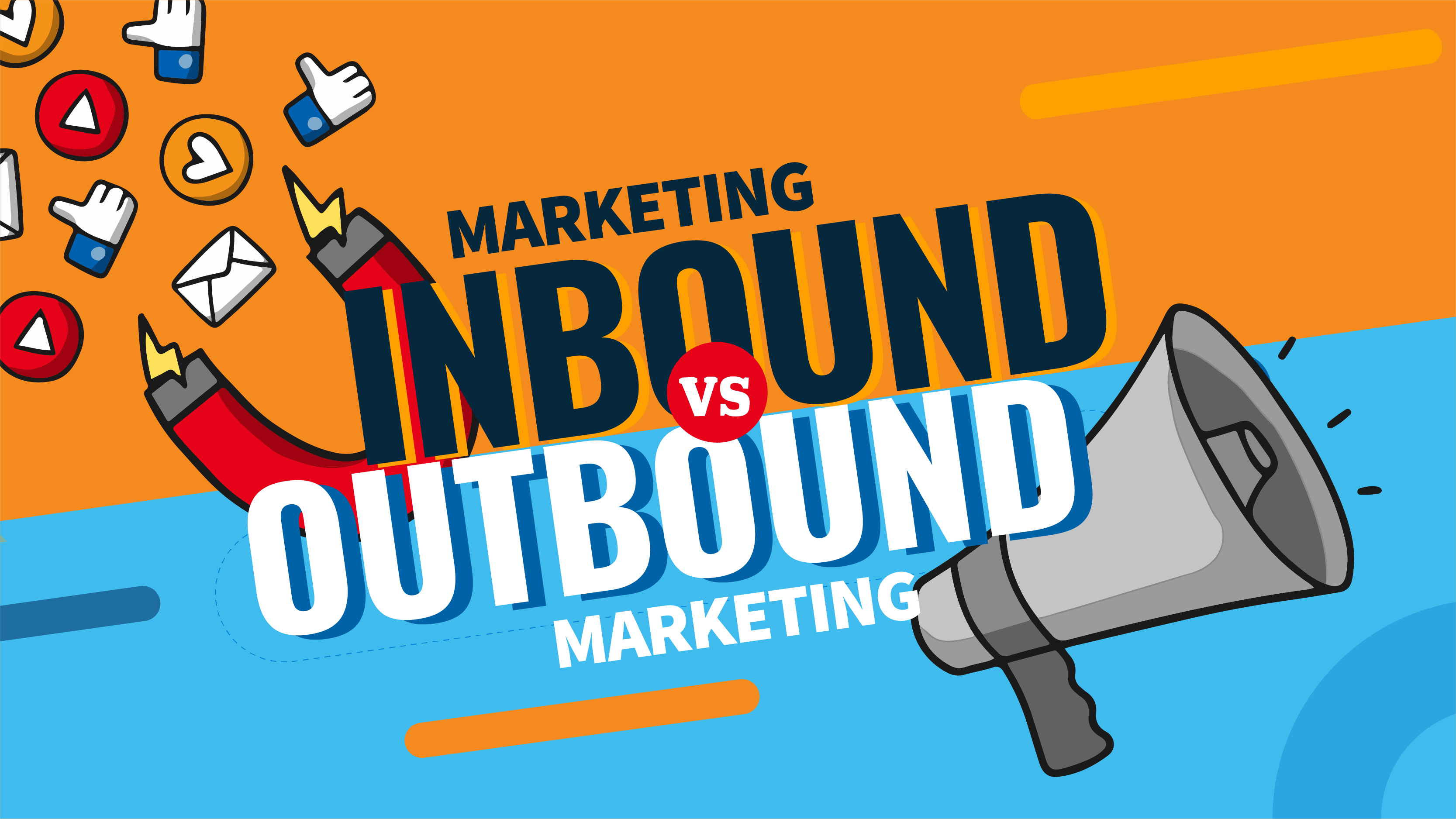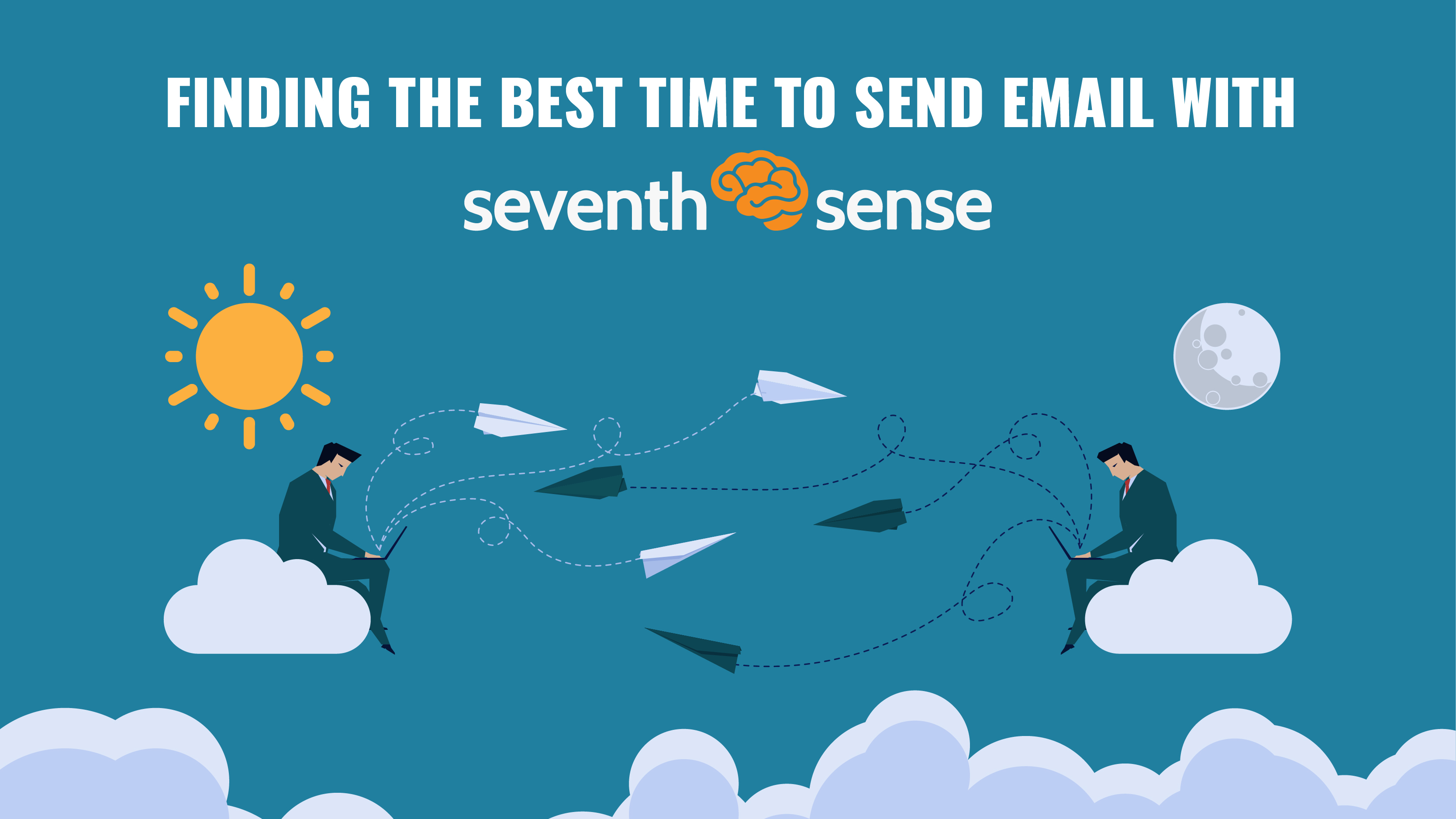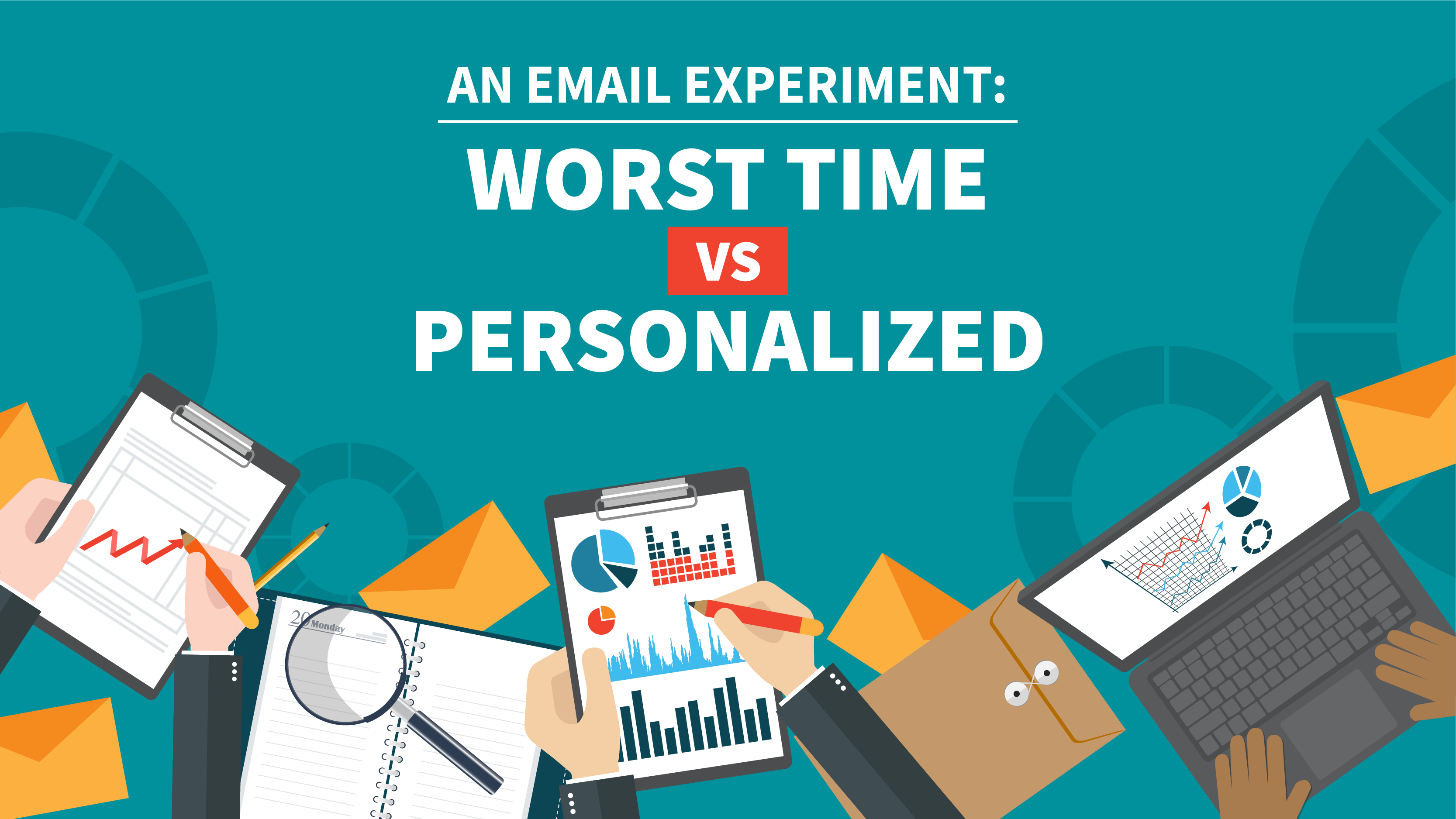Marketers (being marketers) like to re-brand things. From “account-based marketing” to “viral marketing,” over the years we’ve coined literally hundreds of terms to describe various marketing strategies and techniques. In the last 10 years, that trend has continued as a broad basket of marketing techniques which have been divided into two camps - inbound marketing vs outbound marketing.
In this post, we will explore the origins of inbound marketing, and then look at both sides of the inbound vs outbound marketing debate to help you improve your own marketing strategy.
What is Outbound marketing?
Outbound marketing is really just another term for the traditional marketing approach. Traditional marketers use advertising, paid promotion and cold outreach to spread their message. Cold calls, email marketing, digital and print ads, TV, radio, even those branded graphics you see on race cars fall under the outbound marketing umbrella.
One of the easiest ways to think of inbound vs outbound marketing is that while outbound marketers “rent” ad space, inbound marketers “own” it. Outbound marketing generally involves trading some level of inconvenience (commercial breaks, intrusive ads, billboards) to marketers who then shoulder some of the cost of the activity or content which the audience actually came to see. Most people don’t really like commercials, but hey, TV is cheap or free, so we deal with it.
Outbound marketing relies on the idea that brand recognition and exposure is valuable in its own right
You may not be shopping for a car, but seeing ads on television will still influence you to prefer one brand over another. Eventually, when you are buying a car, the brands you’ve seen advertised will be front of mind. At least that's the theory.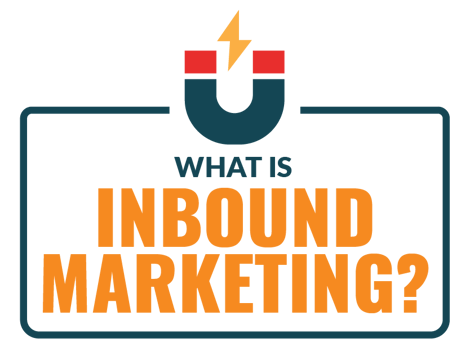
What is Inbound marketing?
Inbound marketers reverse the process. Instead of trying to get their message in front of a prospect, inbound marketers want their content to BE the attraction.
Through careful study of their customers’ “persona,” inbound marketers try to build content that their prospects would naturally seek out. Carefully crafted educational blogs, videos are shared for free or given in exchange for an email address. The goal is for content to be so attractive that consumers give marketers “permission” to market to them.
Outbound marketers try to put their ads where their customers are, but inbound marketers want to position their brand in such a way that it naturally becomes a “hub” for prospects.
Where did inbound marketing come from?
If you think about it, inbound was a natural next step in the evolution of marketing. In the 50s and 60s, marketing campaigns often consisted of authority telling consumers that a particular product was “healthy” or superior in some way. “Doctors,” “chemists,” and even “housewives” endorsed everything from cigarettes to shampoo.
With the arrival of the internet, it became much easier for consumers to research and share information. New websites allowed consumers to directly review products themselves.
At the same time, traditional marketing channels like television and print ads started to lose their power. The combination of new sources of information and more educated consumers made many traditional marketing techniques less effective.
Obstructive type ads made an appearance in the early days of the internet but soon became relegated to the dark corners of the web.
Consumers are more and more ignoring and even blocking pop-up ads online. Many experts even link the downfall of MySpace to their over abundance of obnoxious ads.
The ideas behind inbound marketing are often attributed to Seth Godin’s 1998 book “Permission Marketing.” In the book, Seth describes a new era of marketing, where marketers create material so engaging and interesting that prospects opt-in to receive it.
Sound familiar?
In 2005 HubSpot founder Brian Halligan used the term “inbound marketing” and the rest is history.
Key differences between inbound marketing and outbound marketing
Outbound marketing campaigns are by nature less targeted vs inbound marketing campaigns.
You can control where your ads are displayed, but they are still ads and not the primary content your target audience came to see. Marketers do try to put their advertising in front of the right audience, but in general, ads are not attractive or targeted enough that people would voluntarily share them.
With an inbound marketing campaign, however, the goal is to create content that fills a need or answers a question that the potential consumer might have. This requires more than just a peripheral understanding of the demographics of your buyers, but an in-depth understanding of their needs. This leads to the creation of a buyer persona, where the customer is not just a faceless being but a real person with real needs.
Search - Paid vs Organic
The top spots on most Google searches are held by paid ads. In some cases, ad buyers are paying over $100 per click for competitive search terms!
The irony is the most clicked on and trusted links are actually the organic searches which cost nothing.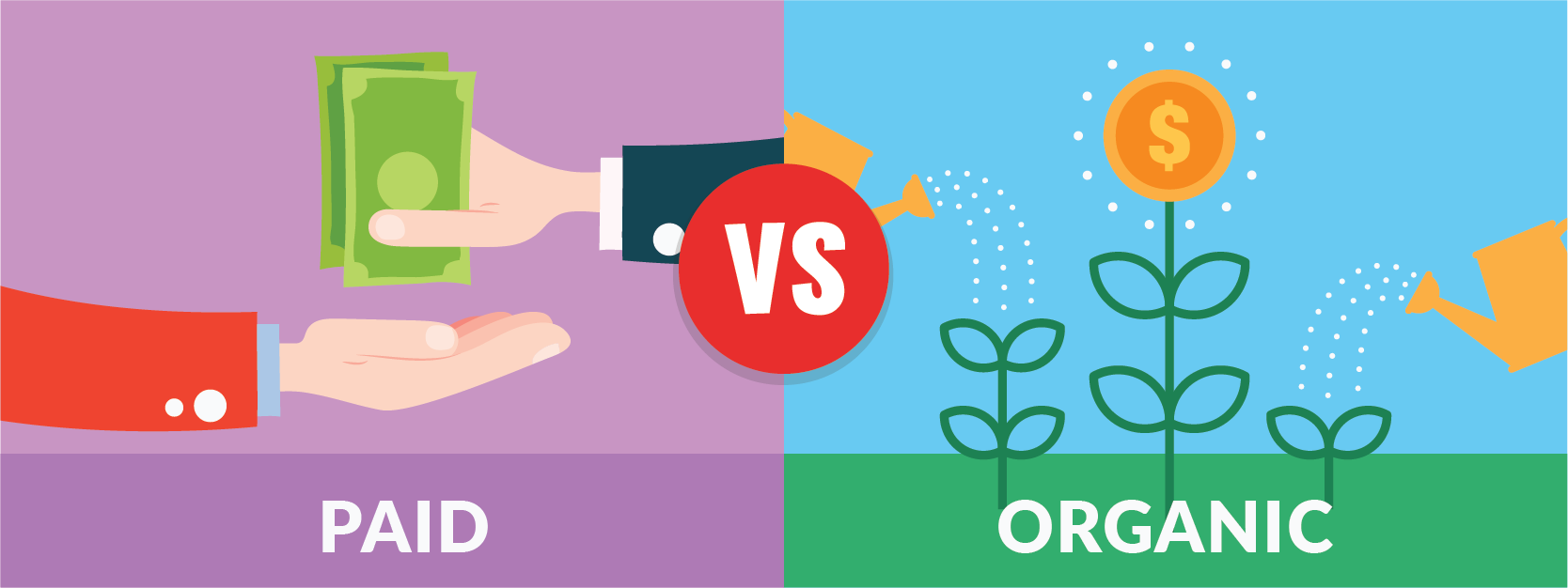
So how do you land these high converting slots? The answer is SEO.
SEO or search engine optimization is a core part of the inbound strategy. In simple terms, SEO is the process of actively working to increase your website’s rank in search engines like Google or Bing.
SEO starts with optimizing your website technically. Every millisecond a visitor has to wait for your site to load increases the chances that they bounce or leave after only visiting one page.
In addition, your website needs to run well on all types of devices. Google is now prioritizing websites that have a good mobile and desktop load speed and user experience.
The next step is identifying relevant keywords that you may be able to rank for. Your goal is to identify terms that have three qualities:
-
Traffic-generating
-
Easy to rank
-
Fit your buyer persona
Let’s say you sell high-end Italian leather shoes. It might be nice to rank for terms like “men's dress shoes” or “Italian shoes” because those terms get a lot of searches, but chances are those terms are too competitive to rank for at first.
Look for “long tail” keywords. Instead of “Italian shoes” you might be able to rank for “best leather Italian dress shoes.”
While the keyword doesn’t get as much traffic, it’s easier to rank for and that’s ultimately what counts when you are starting out.
Tip: If your business is geographically limited, focus on local keywords. For example, a service like Hellamaid that only operates in Canada does best to target local keywords like "house cleaning in Niagara" rather just "house cleaning."
The higher you rank, the more traffic you are likely to get. On average, the first three positions to appear for a given search generate 33%, 19%, and 9% clicks, respectively. That means the top three ranks get more than half of the total clicks across all positions in the search results. That’s why it's better to rank 3rd for a keyword that gets 50 searches a month than 30th for a keyword that gets 500 searches a month.
The are a number of tool's that allow you to quickly find terms that are both high traffic and low competition. A few options include SEM Rush, Moz, Ahrefs or for a free option, give Neil Patel's all in one SEO tool Ubersuggest a try.
If you can’t find keywords with low competition directly related to your business, another effective strategy is to write about topics that your buyer persona might search for that are not directly related to your business.
An example of SEO and inbound marketing
Our company, Seventh Sense, does not work in SEO. We aren’t an inbound marketing agency. So why am I writing about inbound marketing?
Well, what you’re reading right now is an example of inbound marketing. :)
Seventh Senses uses machine learning to help marketers know the best time to send email for each of their customers. By optimizing the timing and frequency of emails for each customer, our users are able to get more revenue and response from each email they send.
What we’ve found though is most of our customers use inbound marketing techniques to get their emails. Many use HubSpot which is one of our primary integration partners.
Hopefully, you’ve found this article helpful and informative. But at the same time, now that you have heard about Seventh Sense, we hope you may consider our email optimization solutions in the future!
Cost
When comparing the costs of inbound vs outbound marketing, there’s no getting around the fact that outbound marketing is expensive.
Traditional outbound methods like print ads, digital ads, radio and TV advertisements, cold calling and emailing all have costs in both time and money.
-
Depending on your industry, you’ll pay $2-6 dollars per click with Google PPC advertising and if you're in a competitive niche you could pay upwards of $100 per click.
-
Purchased email and phone lists are expensive, and quality is often poor.
-
The cost for a 30-second radio advertisement ranges from $500-$8,000 a week, depending on your location.
-
TV advertisements cost from $200 to $1,500 per 30-second ad for small markets and millions for large.
-
If you want to be featured in a newspaper or publication, expect to shell out $500-20,000 per ad, depending on the size.
While inbound marketing still has costs, the start-up costs aren’t as high as traditional marketing. You can start your own campaign using only your own time by creating targeted content and sharing it on social media.
Time
When comparing the time it takes to see results from inbound vs outbound marketing efforts, there’s no question that outbound methods are a quicker way of getting the word out about your business.
Ads are simple and straightforward. Run an ad and traffic generally increases proportionally to the number of people who see it. While the costs are greater, traditional advertising is still profitable. TV advertising companies claim a profit return of 70% after three to six months.
For inbound marketers, the process takes much longer, usually between six to nine months before results start to take off. Ranking in organic search takes time, research and can produce inconsistent results. With over 3 million blog posts being published every day, competition is stiff, but if you’re successful, results will build over time. Once a campaign is in motion, it will have long tail effects. The content you've created now may still be bringing in leads years down the road.
Inbound vs outbound marketing: Which one is the right choice for you?
Inbound marketing is cost-effective, but traditional marketing techniques are still in full swing for most large companies. This is because inbound marketing has some limits.
In general, for inbound marketing to work, customers have to be actively seeking out information on the product or be aware that they have a problem to start with. Because of this, some businesses may need to implement outbound techniques to fully maximize their reach.
For new products and niches and for those with the budget, traditional advertising can be the quickest way to make a mark. Other companies may find an account-based marketing strategy may be the best route for closing leads quickly.
Choose the techniques that grow your business most effectively. For many businesses, that means starting with inbound marketing. However, as you grow, there may come a time when you may need to diversify your strategy.



